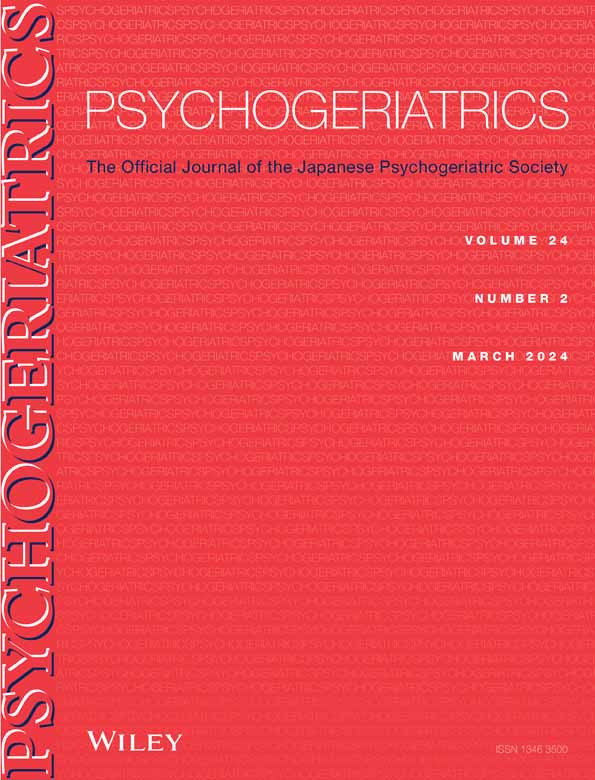Exploring the chain mediating roles of frailty and depressive symptoms in the relationship between pain and cognitive function among nursing home older adults
Disclosure: The authors declare no conflict of interest.
Abstract
Background
The prevalence of cognitive decline is high among nursing home older adults. Pain is a vital factor in cognitive function. Furthermore, the current literature lacks the complex association between pain, frailty, depressive symptoms, and cognitive function. The aim of this study was to explore the chain mediating roles of frailty and depressive symptoms in the association between pain and cognitive function among nursing home older adults.
Methods
This is a population-based cross-sectional study, conducted in China, of 210 nursing home older adults aged 64–98 years old, who completed the measurements of sociodemographic information, pain, frailty, depressive symptoms, and cognitive function. Mediation analyses tested the indirect effect of frailty and depressive symptoms in the relationship between pain and cognitive function by PROCESS macro.
Results
Pain, frailty, as well as depressive symptoms, were negatively related to cognitive function. Frailty mediated the association between pain and cognitive function. Importantly, mediation analyses showed that frailty and depressive symptoms acted as sequential mediators of pain and cognitive function.
Conclusions
These findings have crucial clinical implications, as they suggest targeting physiological and psychological factors in older adults with chronic pain to alleviate cognitive decline.
Open Research
DATA AVAILABILITY STATEMENT
Research data are not shared.




